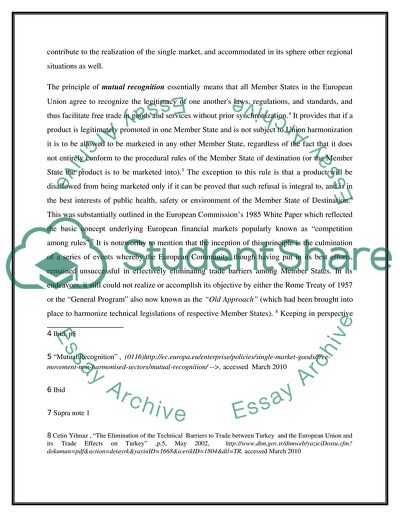Cite this document
(The European Union: Politics Term Paper Example | Topics and Well Written Essays - 2500 words, n.d.)
The European Union: Politics Term Paper Example | Topics and Well Written Essays - 2500 words. Retrieved from https://studentshare.org/politics/1734242-the-european-union-politics
The European Union: Politics Term Paper Example | Topics and Well Written Essays - 2500 words. Retrieved from https://studentshare.org/politics/1734242-the-european-union-politics
(The European Union: Politics Term Paper Example | Topics and Well Written Essays - 2500 Words)
The European Union: Politics Term Paper Example | Topics and Well Written Essays - 2500 Words. https://studentshare.org/politics/1734242-the-european-union-politics.
The European Union: Politics Term Paper Example | Topics and Well Written Essays - 2500 Words. https://studentshare.org/politics/1734242-the-european-union-politics.
“The European Union: Politics Term Paper Example | Topics and Well Written Essays - 2500 Words”, n.d. https://studentshare.org/politics/1734242-the-european-union-politics.


